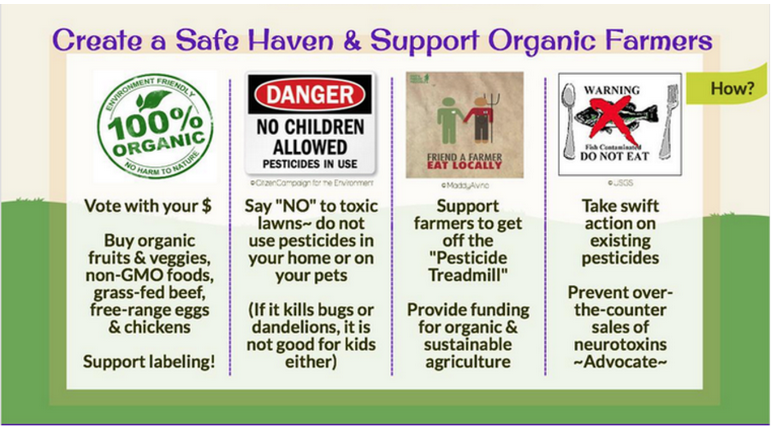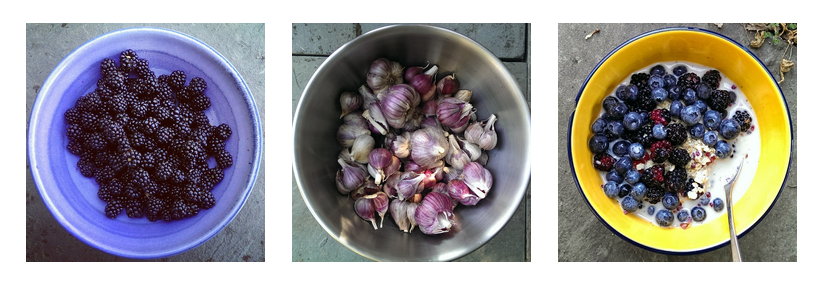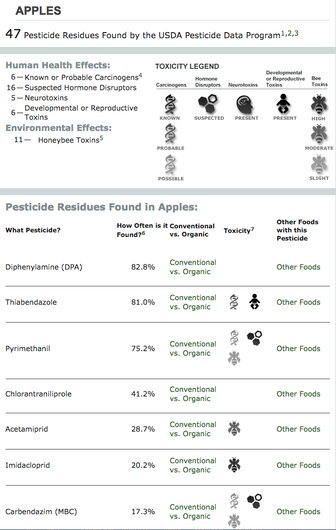New data released recently by the FDA shows a disturbing rise in the occurrence of pesticide residues detected in thousands of samples of commonly consumed foods. In addition, the latest USDA residue report found that fruits and vegetables showed the highest frequency of pesticide residues in the findings.
Of the 10,000 foods sampled, roughly 82 percent of domestic American fruits and 62 percent of domestic vegetables carried residues of weed killers, insecticides and other pesticides commonly used by farmers. Among the domestic food samples, FDA said 97 percent of apples, 83 percent of grapes, 60 percent of tomatoes, 57 percent of mushrooms and 53 percent of plums carried residues. Looking at imported fruits and vegetables, the FDA found that roughly 51 percent of imported fruits and 47 percent of imported vegetables carried residues. Overall, the imported foods had more illegally high levels of pesticide residues than did domestic foods sampled. (12/21)
***********************
These pesticides are poisons that persist in our soil, contaminate our water, drift in the air, and are in and on our flowers and foods. The constant and accelerated use of pesticides in the last forty years is not only killing insect pests, but also the myriad of beneficial flora, fauna, and soil micro-organisms that provide us with the ecosystem services that keep our planet balanced. The evidence is clear that our children are also at risk, as pesticides are undermining our children’s health and intelligence. Unfortunately, this information is not readily available to the public and is not making the headlines that it deserves. Luckily, watchdog groups are creating user-friendly apps and websites so you can be informed and make safe choices for your family.
What's On My Food?
Warning: prepare to be absolutely terrified




 RSS Feed
RSS Feed
